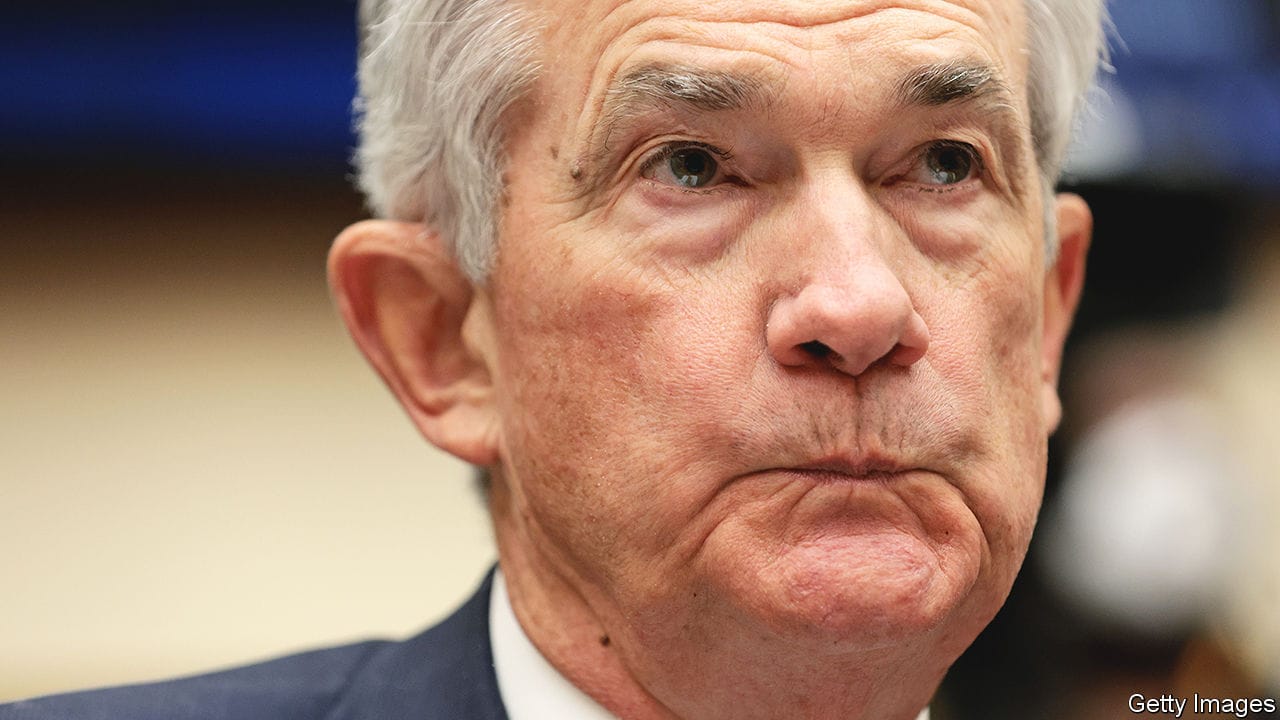- by Yueqing
- 07 30, 2024
-

-
-
Loading

Loading


QUANTITATIVE EASINGQEQTQT, or , once an unconventional tool of monetary policy, has become commonplace over the past decade. During the pandemic alone the Federal Reserve bought a staggering $3.3trn in Treasuries and $1.3trn in mortgage-backed securities as it sought to keep borrowing costs low. The reverse process, quantitative tightening (), when central banks shrink their balance-sheets, has been far rarer. The Fed is the only central bank to have truly attempted it, and it had to stop abruptly in 2019 because of market ructions. So its plan for reducing its assets—trailed in the minutes of its meeting in March, published on April 6th—takes it into relatively uncharted territory.Officials like to downplay the significance of . When at the Fed’s helm, Janet Yellen compared it to watching paint dry. Jerome Powell, her successor, says it will operate in the background. In truth it is akin to dismantling an auxiliary engine for the economy, with only hazy knowledge of the consequences.